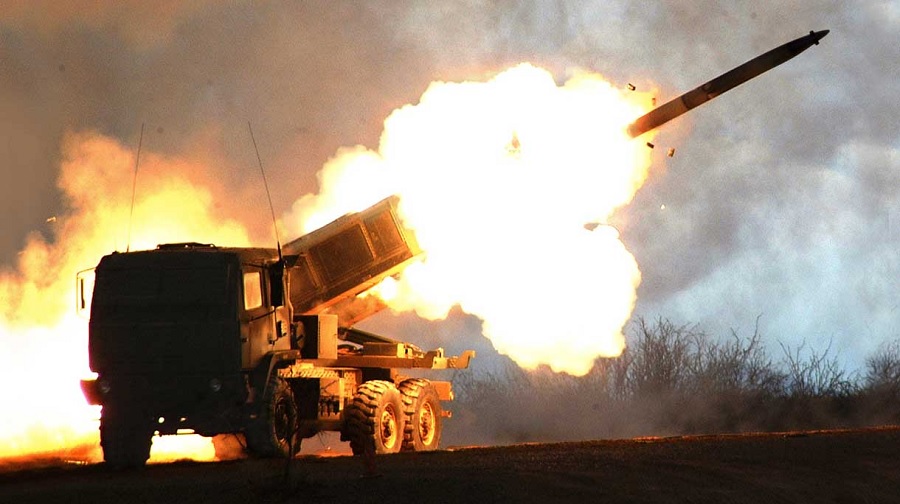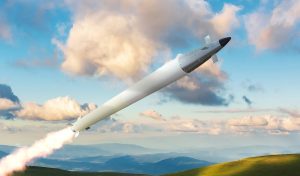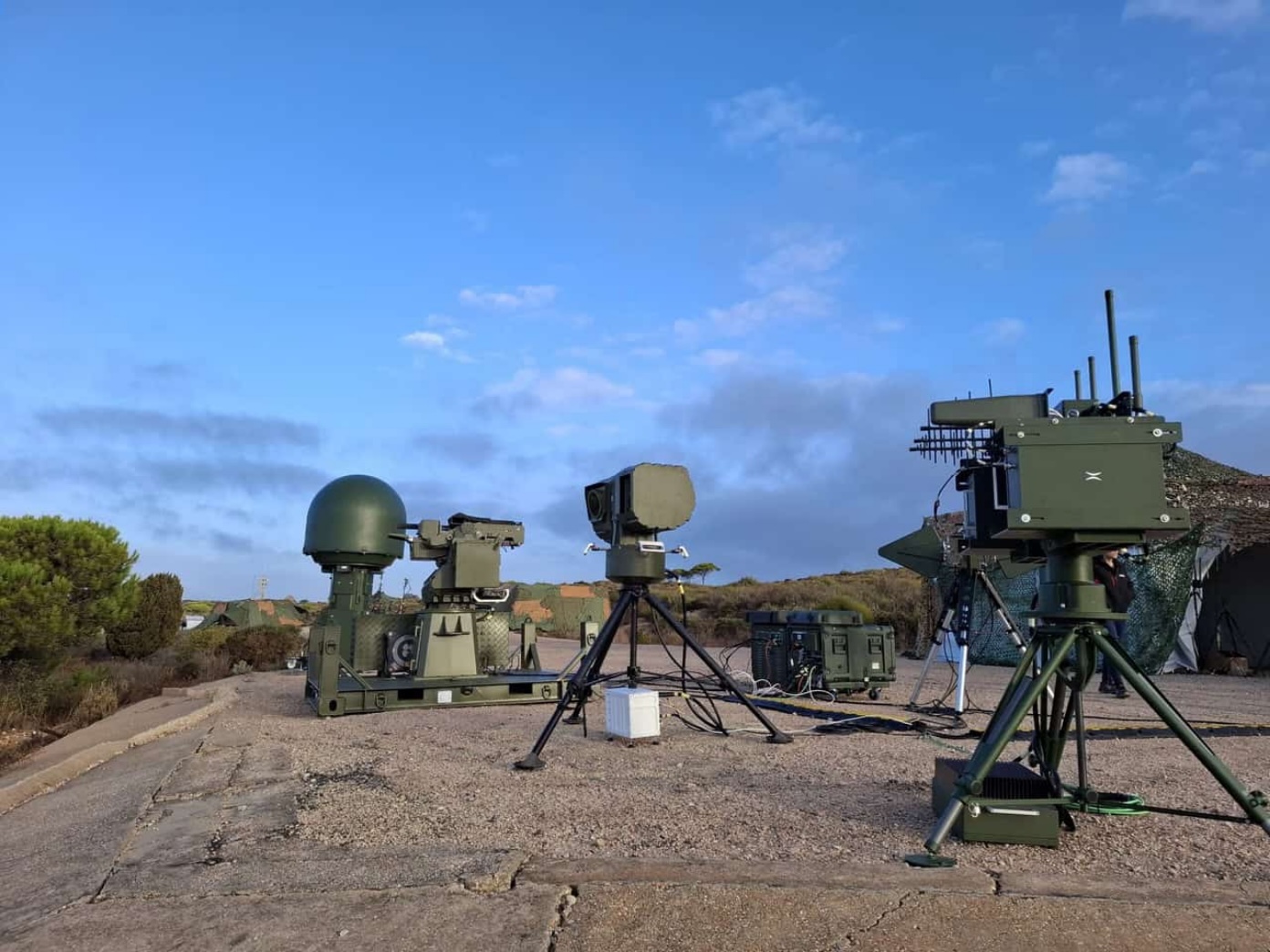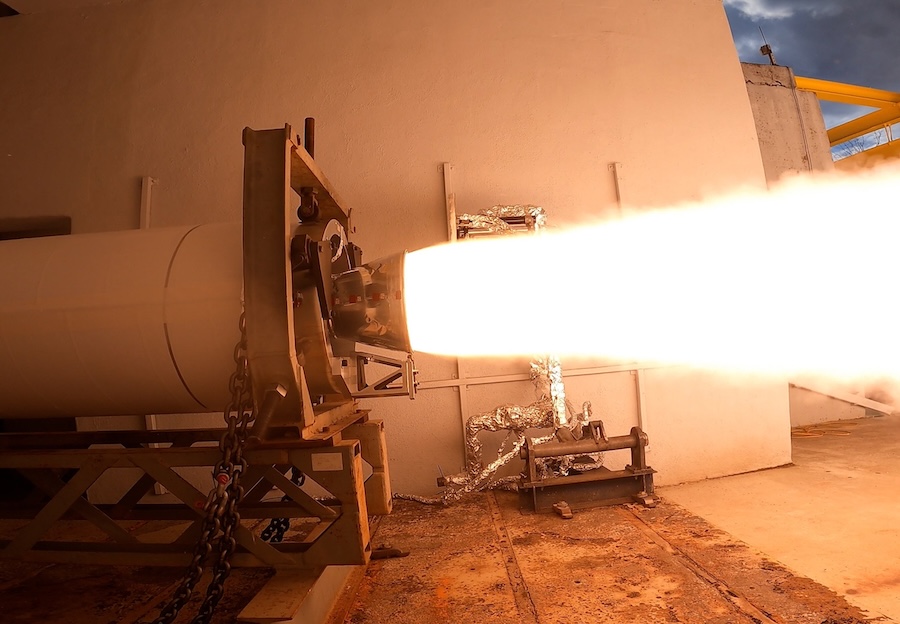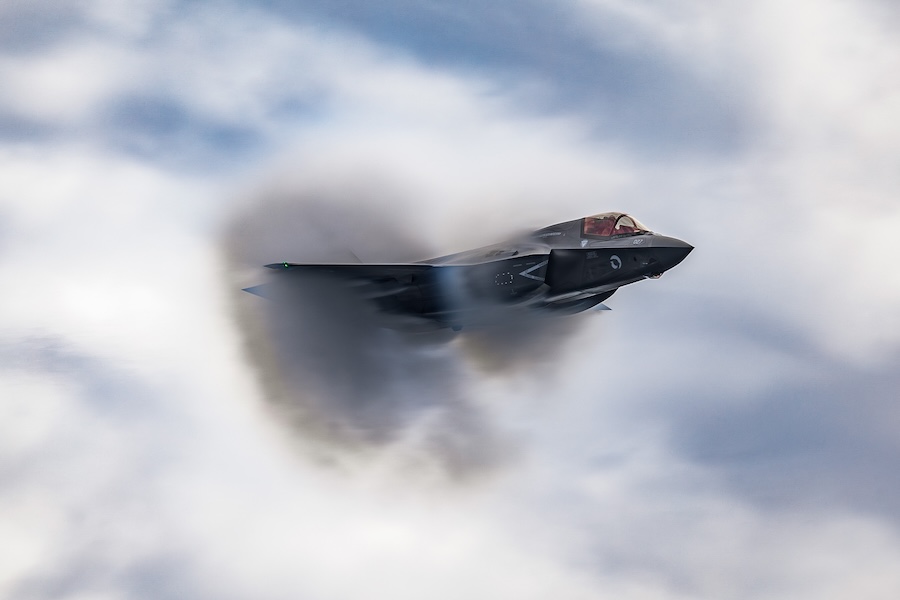Tim Cahill, president of Lockheed Martin Missiles and Fire Control, emphasised the company’s proactive measures to enhance the resilience and sustainability of the defence industrial base. “We’re taking thoughtful, proactive steps to increase the resiliency and sustainability of the defence industrial base so it can quickly respond when crises arise,” Cahill said. By incorporating advanced manufacturing processes, robotics, and digital transformation tools, Lockheed Martin is ensuring that its production lines are more efficient and capable of meeting increased demand for critical defence capabilities.
The company’s efforts are part of its broader 21st Century Security® vision, which aims to modernise and diversify its supply chain while investing in anti-fragility measures. Lockheed Martin is also reducing compliance burdens for small and medium-sized businesses within its supply chain to improve flexibility and responsiveness. Central to this effort is 1LMX, Lockheed Martin’s largest internal digital transformation initiative. This programme focuses on automating processes and leveraging digital tools to drive efficiency, accelerate production, and enhance the company’s ability to meet global security demands. This includes deploying robotics, factory simulations, and investing in long-lead procurement to shorten production times and increase capacity for missile systems.
Javelin: scaling production for global demand
The Javelin missile, widely used by the U.S. Army and more than 25 allied nations, remains a cornerstone of global defence. To meet rising demand, the Javelin Joint Venture (JJV)—a partnership between Lockheed Martin and Raytheon—is working with the U.S. Javelin Project Office to accelerate deliveries ahead of contract timelines. Production is expected to reach 3,960 units per year by late 2026.
To support this production ramp-up, Lockheed Martin is increasing the number of testing stations at its Javelin production facilities in Pike County, Alabama, and Ocala, Florida. These stations provide quality checks at various stages of the assembly process, ensuring the reliability of each missile. By introducing new designs and incorporating real-time monitoring through data automation, the company is making its production lines more agile and efficient. Additionally, batch testing capabilities are being integrated to further enhance productivity as production scales up.
Lockheed Martin is also working closely with its supply chain partners to increase their production capacities by late 2025. Investments in new tooling, equipment, and employee training will enable the company to meet its production goals as it works toward reaching the 3,960 units per year target in 2026.
PAC-3 MSE: expanding air and missile defence capabilities
Lockheed Martin’s PAC-3 Missile Segment Enhancement (MSE) is the most advanced air and missile defence system in the world, capable of intercepting tactical ballistic missiles, cruise missiles, hypersonic threats, and aircraft. As global demand for advanced air defence systems increases, Lockheed Martin is prioritising production capacity for the PAC-3 MSE to ensure efficient and agile manufacturing processes.
The company is working closely with its suppliers to ensure that they can produce critical subcomponents at a rate exceeding 650 units per year. To support this increase in production, Lockheed Martin is standing up new tooling and testing equipment at its PAC-3 manufacturing sites and supplier facilities. This is part of a broader effort to modernise production processes and meet rising demand.
In 2022, Lockheed Martin opened an 85,000-square-foot expansion at its facility in Camden, Arkansas, to support increased PAC-3 MSE production. This expansion has allowed the company to set new records for PAC-3 output, with 2024 on track to deliver over 500 units—an all-time high. Brian Kubik, vice president of PAC-3 programmes, stated, “We’re committed to continuing our ramp-up and delivering in excess of our stated capacity for the next several years to ensure our partners can defend against evolving threats.”
HIMARS: enhancing long-range precision strike capabilities
The High Mobility Artillery Rocket System (HIMARS) has proven essential for long-range precision strike capabilities, which are critical for both deterrence and rapid-response scenarios. As demand grows, Lockheed Martin is increasing production from 48 to 60 HIMARS units per year, with plans to reach an annual capacity of 96 units by the end of 2024.
This expansion is being supported by additional tooling and efforts to shorten manufacturing lead times in collaboration with Lockheed Martin’s supply chain. In early 2024, the U.S. Army awarded contracts worth up to $2.8 billion for HIMARS production, including an indefinite-delivery, indefinite-quantity (IDIQ) award to support future orders through fiscal year 2028.
Lockheed Martin is not only expanding production but also modernising the HIMARS system to enhance its capabilities. These improvements will help customers stay ahead of emerging threats and meet increasing requirements for capability, range, and interoperability with more than 20 coalition partners worldwide.
GMLRS: meeting global precision strike needs
For more than 40 years, the Guided Multiple Launch Rocket System (GMLRS) has been a go-to solution for precision strikes, playing a key role in global defence efforts. Lockheed Martin is accelerating production of the GMLRS to meet growing global demand, having recently delivered the 75,000th unit to the U.S. Army. The company is also supporting contracts worth up to $4.8 billion for the GMLRS system and associated equipment, and it secured a $4.1 billion multiyear contract for GMLRS and Extended-Range GMLRS production in October.
Dave Griser, vice president of Precision Fires Rockets at Lockheed Martin, emphasised the importance of ramping up production to meet global security needs. “We continue to work closely with the Army and supply chain partners, who are moving with unprecedented speed, to ramp production capacity and deliver this highly reliable, combat-proven rocket,” Griser said.
Lockheed Martin expects to achieve a production capacity of 14,000 GMLRS units by 2025. The new Extended-Range variant, which recently entered production, doubles the range of the rocket from 70km to 150km, providing enhanced flexibility for military operations. The GMLRS comes in two variants: the unitary warhead, designed for precision strikes on specific targets, and the Alternative Warhead (AW), which is used for area targets and leaves no unexploded ordnance on the battlefield.
Source: Lockheed Martin.


